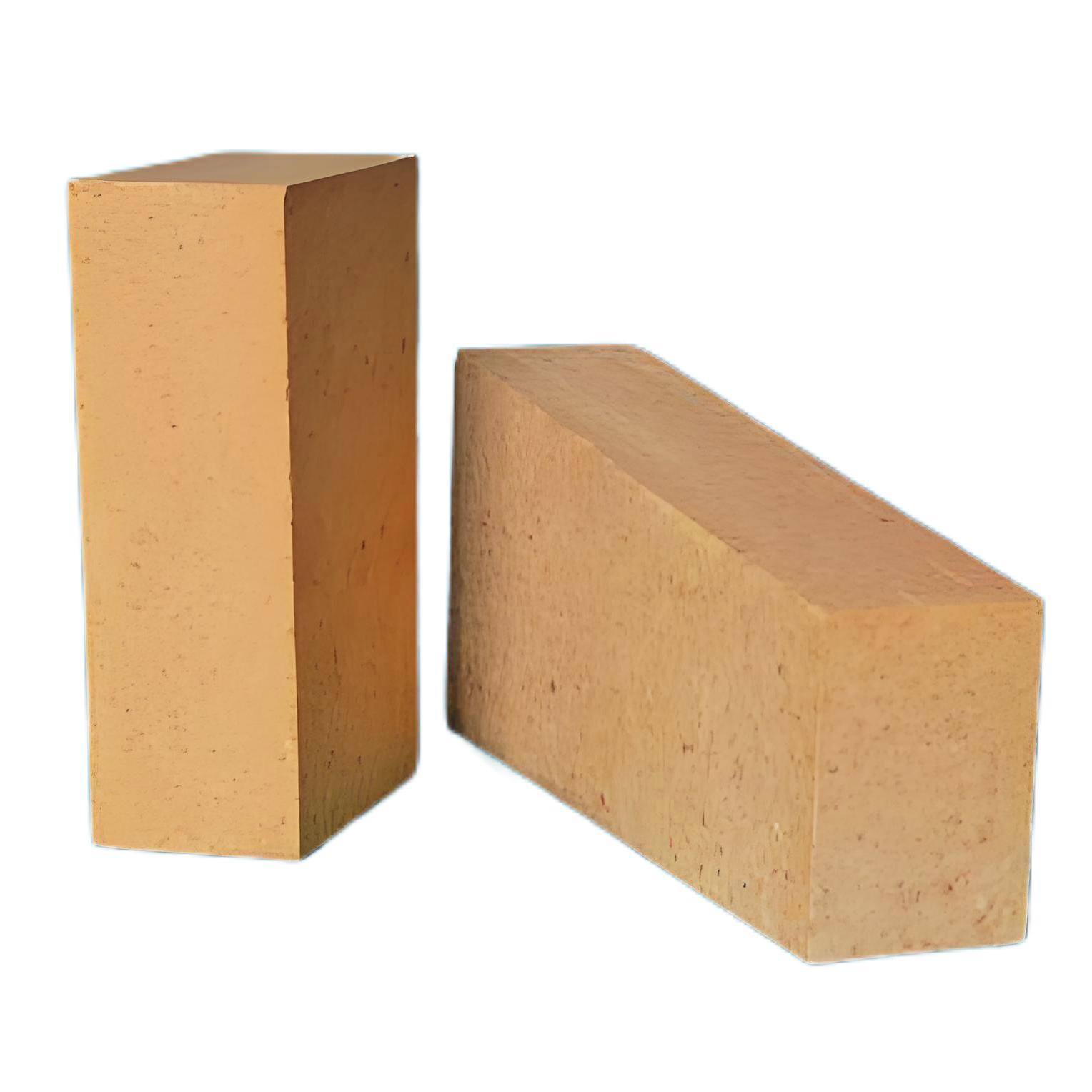
In the high-temperature industrial sector—especially in steel, glass, and ceramics—energy costs are one of the biggest operational challenges. Many manufacturers still rely on traditional combustion systems that waste up to 40% of fuel due to poor heat recovery. But what if you could cut your fuel use nearly in half while improving product quality and reducing emissions?
That’s exactly what Zhengzhou Rongsheng Refractory Materials Co., Ltd. has achieved with its innovative honeycomb ceramic regenerator a core component of their patented HTAC system.
Unlike conventional furnaces that burn fuel directly into cold air, HTAC preheats combustion air to over 800°C using a honeycomb ceramic matrix. This means less fuel is needed to reach target temperatures—and more consistent heat distribution across the furnace chamber.
Here's how it breaks down:
| Feature | Traditional System | HTAC System |
|---|---|---|
| Fuel Efficiency | ~55–65% | ~90–95% |
| NOₓ Emissions | High (200–400 ppm) | Low (50–150 ppm) |
| Furnace Temperature Stability | ±30°C variation | ±5°C variation |
Real-world results from a German steel processing plant show a 68% reduction in natural gas consumption after retrofitting their 10-year-old furnace with Zhengzhou Rongsheng’s HTAC regenerators. They also saw a 35% drop in NOₓ emissions—making compliance with EU emission standards effortless.
Higher temperature uniformity leads to fewer defects in products like forged components or tempered glass. One customer in Mexico reported a 22% decrease in scrap rate after switching to HTAC—directly translating to higher yield and lower rework costs.
And because the system operates at lower flame temperatures, it significantly reduces thermal NOₓ formation—a key concern for factories aiming for ISO 14001 certification or seeking access to green markets in Europe and North America.

What makes this technology truly stand out? The honeycomb ceramic regenerator is not just a passive heat exchanger—it’s engineered for durability under extreme conditions. With a lifespan exceeding 10 years (tested under 1200°C continuous operation), it outperforms older brick-based systems that degrade within 3–5 years.
Plus, all units come with CE and ISO certifications—giving global buyers confidence in both performance and safety.
If you're managing an industrial furnace and looking to reduce fuel bills, improve product consistency, or meet environmental regulations, HTAC isn’t just a solution—it’s a strategic upgrade.
Want to see how this works in your specific setup? We’ve helped over 120 factories worldwide—from automotive parts makers in Brazil to aluminum smelters in Australia—achieve measurable savings. Let us analyze your current system and give you a customized ROI projection.











